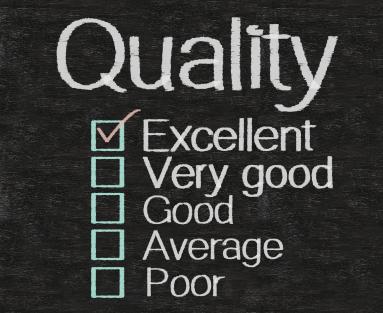October 18, 2017
October 18, 2017
A couple of years ago, an organization asked me to present to their Leadership Team regarding transformational leadership. They wanted to have a better understanding of what makes an organization great. Not average, not pretty decent, but GREAT. The following two part blog is the narrative of that presentation. I’ve also included references to some of the tools I’ve used in the past that have helped organizations better understand themselves, their leadership team, and the gaps that exist in moving toward becoming a great organization.
What is transformational leadership and what does it do? Loosely defined, transformational leadership broadens and elevates the interests of followers. It generates awareness and acceptance of the purpose and mission of the group, or stirs followers to look beyond their own self-interest for the good of others. Transformational leaders use charisma, vision, courage, inspiration, intellectual stimulation, and concern for individuals to improve their respective organization. It helps employees cope with complexity, ambiguity, and uncertainty. It is also synonymous with Strength Leadership (using people in their strength areas). Transformational leadership uses personal power, not positional power, as a change agent. In Steven Covey’s book, The Seven Habits of Highly Effective People, he describes transformational leadership as a paradigm shift. When you, or your organization, have a paradigm shift, you see differently, think differently, feel differently, and behave differently.
Transformational leadership is not easy, short-term, forgetful, or un-empowering. Overall, transformational leadership will not diminish your role as a leader/individual.
Transactional/Transformational Leadership
Here are a few differentiations between transactional and transformational leadership. Transactional leadership can be passive. It has also been described as synonymous with weakness management. Weakness management is the typical style of improvement tools used in Annual Performance Evaluations. As an individual, your boss wants you to improve individual weak areas. Transactional leadership tends to also use positional power and be more of the hands-off, top-down, “do it because I told you so style of leadership”.
Transformational leaders know and understand when to use transactions to be transformational. The transformational leader builds trust, structures development expectations of the team, and generates self-esteem and self-confidence from subordinates. These leaders use charisma to change follower’s perceptions; offer an appealing future vision; develop a deep collective identity among followers; and heighten both individual and collective self-efficacy. The transformational leader wants bottom-up “I want to do it because it’s right” style of leadership. Charismatic leaders:
The original concept of charismatic leadership was valuable because leaders showed significant influence on their followers and led with more inspiration and purpose than other leaders.
Who have been the charismatic Leaders in your life? As a suggestion, try to emulate their style.
The question from the nay-sayers continues to be: Why Transformational Leadership? Simple. The pace of change confronting organizations today has resulted in calls for more adaptive, flexible leadership. Accumulated literature has provided support for the relationships between performance and transformational and transactional leadership. An adaptive leader is also a transformational leader in the business world. Let’s take a look at a few popular examples.
James Collins, Good to Great: He believes that one must think of the transformation as a process of buildup followed by breakthrough, broken into three broad stages:
Collins continues: Mediocrity results first and foremost from management failure, not technological failure. In order to transform, the individual must make a simple decision: Get on the bus, or get off.
Seems simple right? Well, you might ask: How does an individual or organization become Transformational? Check back next week, when we explore the answer in the second half of this blog series.
Learn more about ProPharma Group's Compliance services.
Contact us to get in touch with our subject matter experts for a customized presentation.

June 26, 2013
As discussed in part one and part two of this series, ISO13485 is a regulatory standard whose focus is meeting customer requirements, including regulatory requirements, and maintaining the...

May 13, 2013
ISO 13485 is a regulatory standard whose focus is meeting customer requirements, including regulatory requirements, and maintaining the effectiveness of the Quality Management System (QMS). Section 5...
May 27, 2020
Background: Medical Device Regulation in the EU Unlike device regulation in the U.S., which is governed by the FDA, in Europe, medical devices are not regulated by the EMA. Rather, medical device...